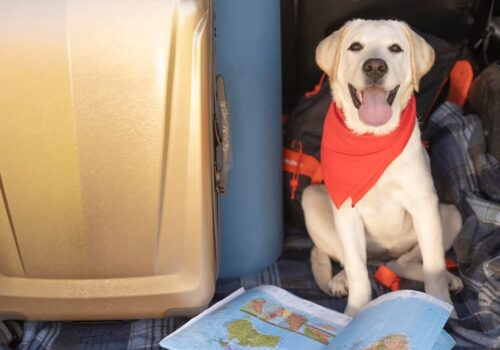Giant Flying Boat: Hughes H-4 Hercules
The An-225 “Mriya” is the aircraft with the largest wingspan among all the ones put into operation. This reservation is not accidental: in the history of aviation there was an even bigger plane, but it made only one test flight at the height of 21 meters with the length of about 1,5 km. We are talking about the Hughes H-4 Hercules, a giant flying boat built by 1947 by the brilliant (and crazy) American aviator and businessman Howard Hughes.
Hughes’ eight-engine monster, 66.6 meters long with a 97.5-meter wingspan, was conceived as a means to ferry cargo, military equipment (a total weight of about 70 tons) and up to 750 soldiers across the Atlantic from the United States to Europe. The project was started in 1942 by the American government, but it was delayed for five long years. The Second World War was over, but the megayacht still would not take off.
In the end, it alerted the U.S. government and Congress, under pressure from which Howard Hughes made a test flight on November 2, 1947, near San Pedro, California. The flight was the first and the last. The Hercules was kept flying until Hughes’ death in 1976, and then changed hands until it finally ended up in an aviation museum in McMinnville, Oregon, where it remains to this day. When you’re in Oregon, be sure to stop by.
The most remarkable thing about this plane is not even the largest wingspan of any aircraft ever flown, but that the machine was built of birch, or rather birch plywood: affected by the lack of aluminum during the war. Despite this, the plane was nicknamed the “Spruce Goose” – it became a synonym for the expression “white elephant”. The Hughes H-4 Hercules is also the largest seaplane in aviation history.
“Hercules still retains the high-profile status of the largest seaplane in history and the owner of the largest wingspan (98 meters), although it was created under the leadership of American tycoon Howard Hughes during World War II. Several circumstances spoil the picture: designed to ferry 750 soldiers in full gear across the Atlantic, “Hercules” has never crossed the ocean and remained the only copy, and a wooden one. Such an exotic material for aviation was chosen because of the limitations imposed by the war situation in which the U.S. economy found itself – with respect to metals, especially aluminum, there was a shortage. In 1947, the wooden Hercules did take off, but the project was abandoned.




